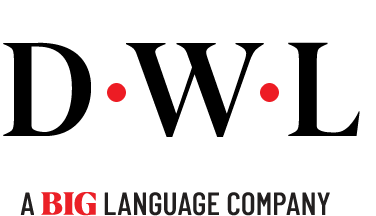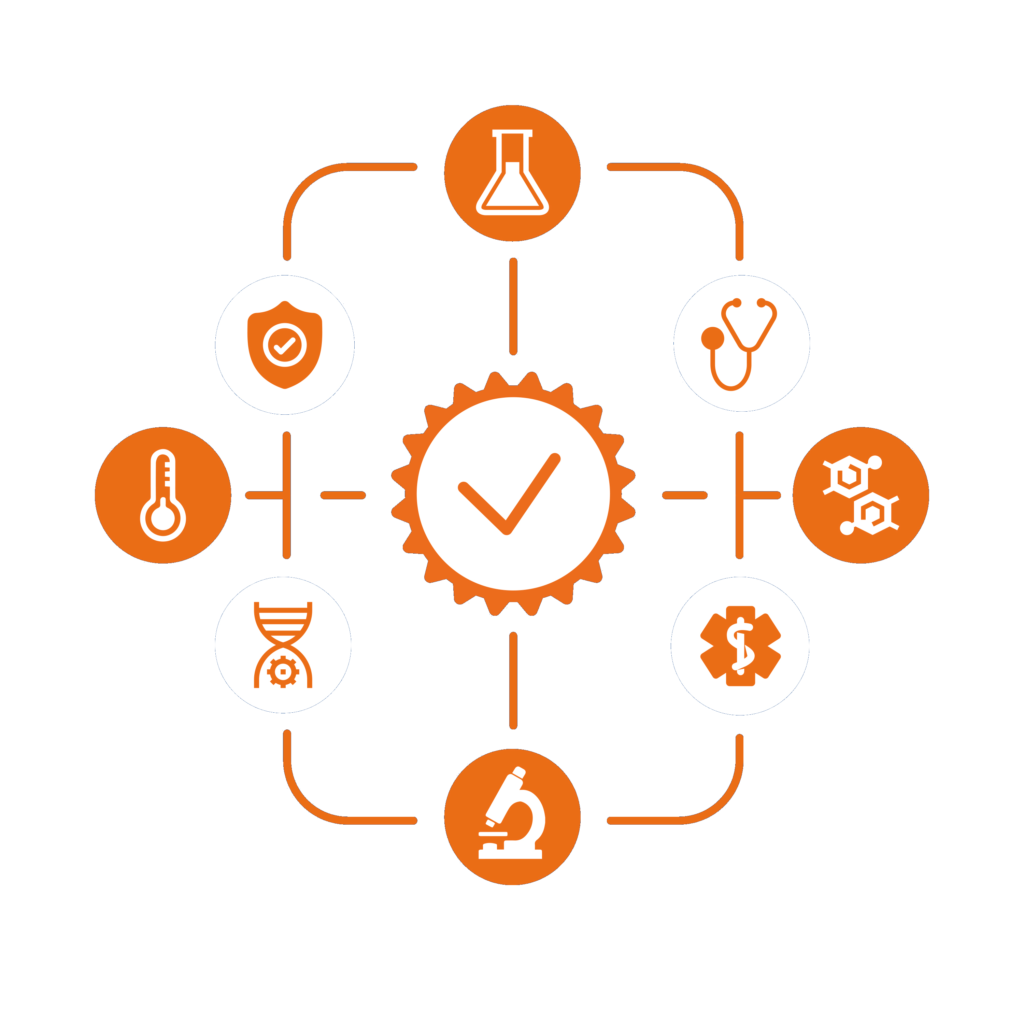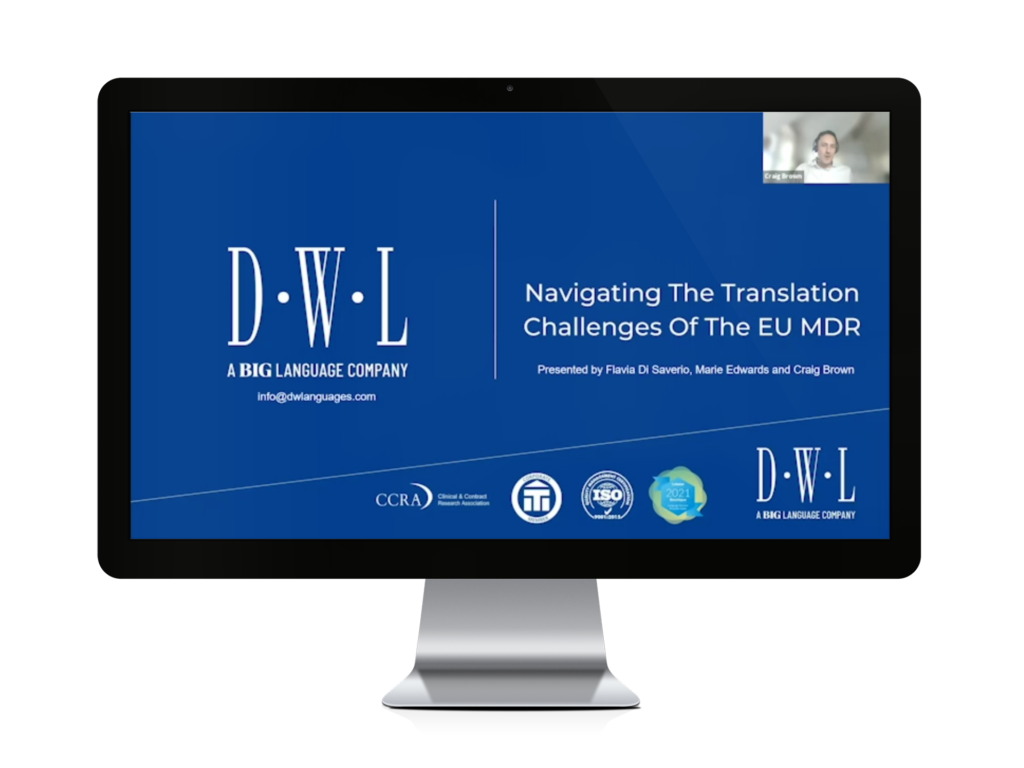
Reproduced from the “Journal for Clinical Studies” in which one of our own employees from DWL, was interviewed on steps companies can take to avoid poor translation services. For the full article, click the link at the end:
Q1: The language used in Clinical Trial Protocols (CTPs) is becoming more and more differentiated as it blends medical, administrative and technical jargon not seen in other medical documents. However, inaccurate translations can happen and can affect human lives, credibility and economic revenue. What steps can companies take to prevent faulty translations?
It’s true that credibility is at stake when purchasing translation services, not to mention the health and economic impacts sub-par translations can have.
Avoiding negative outcomes begins with procurement.
We have seen the gradual commoditisation of translation services over at least the last 10 years, reflected in RFIs attempting to benchmark language services according to price, quality and speed. So, first of all we suggest better partnerships between business buyers who request translation services and their counterparts in procurement who are trying to identify the LSP best suited to their needs. In practice this may mean posing different questions: do I know the name of the person to contact when I am inevitably up against a submission deadline? Can we see anonymised CVs to check the background of your supply chain? What is the reputation of the LSP among the translator community? Are suppliers continuously evaluated? How are non-conformances recorded and how do these affect
the quality management system in place? How many pairs of eyes are checking your translations before delivery? Do you have any case studies to show where problem-solving ability can be demonstrated?
Lack of communication hampers translations.
Keep communication channels open so that an LSP may quickly resolve translation queries as they arise. Your source language documents are frequently open to interpretation, and the ability to resolve unclear wording on-the-fly will ensure that assumptions are not made about the intended meaning.
Doesn’t someone in accounts speak Flemish?
We frequently meet customers who recruit colleagues to translate documents, or review them. It could be seen as a cost-cutting exercise, or a way to ensure that the translation is in the hands of an expert. While it’s true that nobody knows your clinical trial better than you, it’s essential that a professional translator with adequate knowledge of source and target language, subject matter, register and tone be recruited to ensure a successful translation. Success, of course, is the avoidance of misunderstanding, and ensuring patient safety and intact professional reputation. What you save in cost and time by getting your bilingual colleague to translate an informed consent form may be lost further down the line when translation errors need to be rectified at considerable expense.
Q2: How equipped was the translation services industry for Covid-19 lockdown and will there be a longer-term effect?
Translation agencies are at the mercy of the industries they serve. Thus economic downturns affect different segments of the translation services industry
differently.
During the current pandemic, localisation and subtitling companies may feel greater pressure than specialist LSPs serving the pharmaceutical industry, as purse-strings in the former are tightened and the latter invests even more heavily in therapeutic solutions.
Certainly as an LSP specialising in translations for the life science sector we feel relatively secure, and continue to win business despite the global pandemic. We hear that more generalist agencies are putting pressure on linguists’ rates in response to the downturn and freelance translators are feeling the financial pinch.
The translation services industry in general, however, is relatively well set up for this lockdown. Freelance linguists are, usually by definition, remote workers. In addition, supply chains are usually international and the translation management software we use is collaborative and web-based. So as long as LSPs are online, we are able to serve our clients.
In the longer term, we may find that the days of needing to house a team of project managers under one roof are no more. We may thus see LSPs eschewing the traditional company headquarters and moving to fully remote setups. We already see companies in the pharmaceutical industry operating as corporations without fixed headquarters, and it will be interesting to see if this catches on, particularly if some form of lockdown
persists.
There does seem to be a renewed sensitivity towards employee work/life comfort across many industries, as we all scramble to safeguard productivity and some sense of ‘team’ amid the pandemic. We look forward to a future, post lockdown where team engagement and social interaction are pushed higher up the list of business priorities.
Q3: When will machines replace human translators?
Since DWL was founded in 1962 we have seen the industry move from typewriters all the way to translation-at-the-touch-of-a-button. Computer-aided-translation (CAT) is used extensively in the industry already, for consistency and speed, but it is a partnership retaining an essential human element behind the software.
At a roundtable meeting with leading LSPs at a recent DIA conference in the States, I heard many industry stakeholders voicing a desire for disruption in the translation services industry on a technological level. They didn’t know how, but they wanted translations faster, better and cheaper.
This push for efficiencies in the processing of translations is no doubt fuelling developments in automation, machine learning and natural language processing. But how close are we to replacing the human translator in the life sciences vertical? Some way off, DWL would argue.
Translation memories are, after all, libraries of segments translated and maintained by linguists, terminologists, project managers and translation buyers. Vast investments in technology do not replace a watertight quality management system underpinned by human translators.
The risk of mismanaging translation memory (TM) software was brought into the spotlight recently when the Canada Translation Bureau was sued by LSPs for contractually requiring them to use poor translation memories (TM) for discounted rates in return. The LSPs claim that the TMs they were obliged to use were polluted with bad translation units and thus required a
disproportionate amount of time to use, despite the discounted rate they were expected to charge.
This has the potential to expose the risks of slavish use of TM software without due consideration for the quality of the translation work that should be fed into them. Machine translation (MT) is another tool in continuous development within the industry and there is no doubt that the
accuracy of MT output has dramatically improved in recent years. You only need to take a look at Google Translate to know this.
Though big tech is driving forward improvements in the technology, so are translation companies and increasingly the pharmaceutical world, where research organisations are keen to develop solutions to translate vast amounts of data and remove the need for project management and human translators.
It must be borne in mind that, at the time of writing, the output of machine translation is most accurate for translating sentences out of context, and not for full documents. The flow and structure of the latter requires the intuition of a human translator. This is because it is just as hard for a human to guess the meaning of a sentence out of context as for a machine, so errors relating to textual cohesion will largely go unnoticed when evaluating MT output. For these reasons there is a real potential to exaggerate claims about the accuracy of MT as a reliable tool for translating clinical trial documentation.
As a result, we see human translators playing a key role in the future, both in evaluating the translation output of machines but also in editing it (post-editing) and preparing documents for the end user.
So yes, some translators may have to re-market themselves as post-editors of translations produced by machines. Yes, technology solutions can enable us to cut corners and process huge volumes of data with fewer human touches, but with so much at stake in the life science industries, the role of the human translator is, for now at least, relatively safe.
Q4: Since DWL was founded in 1962, there has been a changing demand for target languages stemming from the establishment and growth of the European Union, and more recently the importance of emerging markets. Why do you think the demand for both localised and transcreated content is booming?
We live in an international world where media is transmitted rapidly and widely across countries and markets. Combined with record levels of literacy, this results in increased demand for translated or localised content worldwide.
Access to technology is higher than it ever has been, allowing developing nations access to information and content on a massive scale and in turn allowing companies access to markets and consumers of content outside of their traditional regions. In the hands of the millions of displaced people around the world who have access to the internet, we are also able to offer
life-saving support to populations speaking differing languages but who are not bound by traditional borders and yet require localised health information.
Emerging markets certainly play a role in this boom, and we see waves of demand for world languages as clinical trials are set up, and also as international pharmaceutical companies aim to market their products in European markets. It is also logical that having access to learning materials in local languages will pave the way to employment which, in turn, benefits the economy.
The Indian government, for example, has recognised that although India has 22 official languages, most of its population of science and technology students do not learn in their own language. Thus it is investing around USD 65m to ensure that bilingual access to teaching and research materials is available to learning institutions. They plan to use a combination of
machine and human translation to achieve this goal and this is expected to have a positive effect on the educated unemployed population.
Q5: With the growth of both the internet and e-mail and the advance of technology from typewriter to state-of-the-art IT, there has been a change in documentation for translation solutions. With that in mind, how can the translation industry upskill their offering and adapt to creating new types of translation projects?
Let’s not complicate matters. We translate the written word and the format is largely irrelevant. What is important is that we fit seamlessly within our customers’ project management processes and work with them to handle any file or document type they need to translate.
LSPs are ready for changes in documentation and have an eye on future developments that will impact their businesses. A recent example is the upcoming move to electronic product information (ePI) at the European Medicines Agency (EMA). We react to industry developments like this by reaching out to experts, examining our capabilities and deciding whether our existing setup can handle any changes (see our blog for more).
In terms of technology, we are constantly reminded of the need to upskill and provide an ever greater array of machine translation solutions and automated processes. However, the translation services industry has to strike a balance between the risks of lower efficiency and the risks of over-investment in technology and solutions that are not yet ready.
Reproduced from the Journal for Clinical Studies: https://www.jforcs.com/translation-services-a-key-component-in-successful-clinical-trials/
See below for more articles on Clinical Research:







